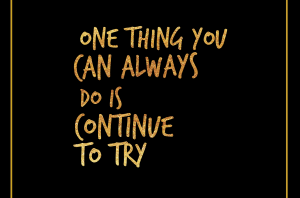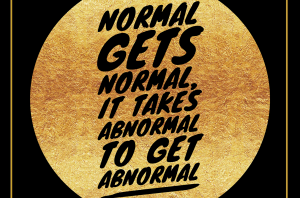
After tech went south in 2000, Ken’s income as an Internet Entrepreneur was slashed by more than half, even as the family’s expenses continued to climb. First, the maintenance fees in their Manhattan C-op went up to 20 percent. Then they had a second child. The couple didn’t mean to rely on plastic to maintain their lifestyle, yet by mid-2004 they’d racked up $90,000 in credit -card debt.
That’s when the Redlers got serious about getting their financial act together. They reined in their lifestyle (no more cleaning service and fewer diners out). They refinanced their mortgage to free up equity, which they used to pay off their highest – rate, nondeductible credit-card debt. And they bumped up payments on the remaining card balances.
Today, they have about $20,000 outstanding on their cards and one crucial question: having come so far, how do they stay on the straight and narrow?
Wherever you are in the process of downsizing your debt, the key to getting out of trouble and staying out of trouble is to live by some simple rules and then stick to those rules, even when you hit snags that will inevitably cross your life. The rules are:
Always pay more than is required: minimum payments are a credit card’s company’s way of getting you to carry a single debt almost forever. If you, like the Average American family, have $8000 in card debt at a typical rate of 13.97 percent, and you pay only the minimum 2.2 percent of the balance required each month, it will take you 30 years to retire that debt and cost about $10,000 in interest. Yikes! If, instead you keep your payments steady at $176 — the minimum payment in the first month- you’d pay one-third the interest and be debt free in under six years.
Don’t be late. About 85 percent of issuers punish late payers with penalty rates as high as 30 percent. Some 44 percent will raise your rate even if you pay their bill on time but are late with payments on other cards. The simplest way to ensure timeliness is to pay your bills online. You can arrange reminders that tell you to put a payment into cyberspace, or set a date each month to pay automatically.
Use debit instead of credit. Today nearly one in three consumers pays with a debit card instead of credit. Smart folks.
Debit cards, which draw money out of your checking account when you make a purchase, don’t allow you to overspend as credit cards do. In the scheme of things, this is a huge advantage.
Save something. Even before you’ve completely paid off your debts, start tucking away some money for the future. Instead of spending any bonuses and tax refunds, put the extra cash into savings — a down payment for future emergencies, so you won’t have to resort to plastic if trouble hits.
When you get a raise, arrange a direct transfer of the additional amount in your paycheck to a savings vehicle. If you lived without the money before, you can likely get by without it now.
Practice patience. As the Redlers finally learned, there is no magic formula involved in paying down debt — it just takes good habits and a little willpower, exercised in both good financial times and bad.
I’ve heard enough success stories from readers over the past few months to know that you can do it too.
CNN Editor-at-large Jean Chatzky is the author of the new book “Pay It Down!” (Portfolio).
If your looking for a business opportunity that can help you get out of debt in a relatively short time and still have enough left over to live the life you’ve always dreamt off click here
We are giving one person a free pass at changing their financial situation Click here to enter the VIP giveaway contest





